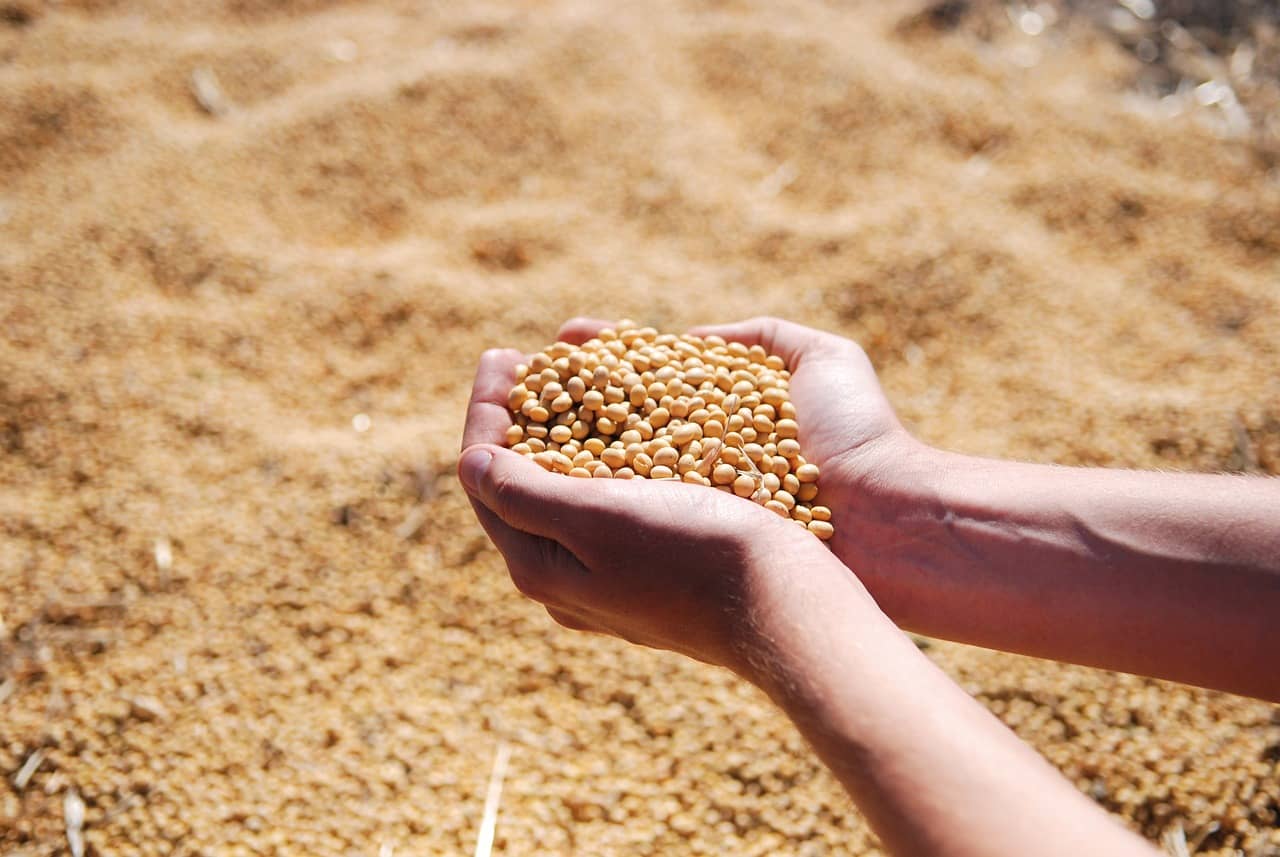
(NewsDakota.com/NDAgConnection.com) – In some instances, two heads are better than one. For a new multi-regional research effort, five organizations put their heads together to achieve full genetic yield potential of the soybean. A new partnership, the first of its kind in more than 40 years, aims to increase soybean flower and pod retention. This unrealized value could bring $50 per acre or $400 million in economic return for U.S. soybean farmers.
The collaborative focus will test how heat and drought impact flower bud retention. Flower production dictates the final pod number and, ultimately, yield in soybeans. The Atlantic Soybean Council, Mid-South Soybean Board, North Central Soybean Research Program, Southern Soybean Research Program and United Soybean Board all agree this is a priority issue impacting the entire industry.
“Farmer-leaders across the major soybean regions came together and asked: ‘What roadblocks do we face, and how can we combine research dollars to make the most impact?'” said Suzanne Shirbroun, president of the North Central Soybean Research Program and Iowa farmer. “While we all farm differently across the country, we also share common challenges. Together we can focus on one large-scale research objective to reduce a major deterrent that limits productivity.”
Although flower retention is a leading cause of soybean yield loss in the U.S., no organized effort exists to address it. Farmers experience about 30% of flower loss under favorable conditions and up to 80% under drought and heat stress. Texas Tech University, in collaboration with Kansas State University, the University of Missouri and the University of Tennessee, will lead the research on this national effort. At the helm, Principal Investigator Krishna Jagadish at Texas Tech University will compile data from dryland, irrigated, severe drought and heat stress growing conditions. In total, 250 diverse genotypes with publicly available whole genome resequencing data will be assessed over the span of this three-year farmer investment.
“The collaboration and alignment of research priorities among our farmers enable advancement of groundbreaking collaboration by regional soybean research groups,” said Keenan McRoberts, Ph.D., United Soybean Board vice president of strategic alignment. “This partnership and the resulting collaborative investment could improve the future of soybean production. It has the potential to strengthen soybean resiliency, increase productivity and bring economic returns back to the farm.”
Understanding the genetic diversity of flower loss opens the door to untapped yield potential in soybeans. The novel phenotyping system, which detects expressions of the various genotypes, will:
– Capture genetic variation across cultivars.
– Identify molecular switches to enhance flower and pod retention.
– Help develop advanced breeding lines. Ultimately, the goal is to increase flower and pod retention by 20% to 30%. That in turn could enhance yields by 10% to 15%.
“Partnering on research of this magnitude is especially important as we continue to experience challenging weather events,” said Shirbroun. “This is one example of how we can invest checkoff dollars collectively that benefits soybean farmers across 30-plus states.”